Nintendo Switch 2 Breaks Records, Signals a New Era for Handheld Gaming
Popular Now
 Stumble Guys
Stumble Guys
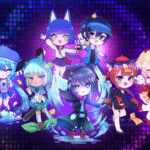 Gacha Club
Gacha Club
 Garena Free Fire: Kalahari
Garena Free Fire: Kalahari
 Free Fire
Free Fire
 EMI Calculator App & Loan EMI
EMI Calculator App & Loan EMI
 Rust
Rust
 Valorant
Valorant
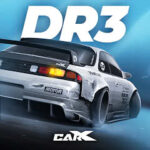 Auto X Drift Racing 3
Auto X Drift Racing 3
 R.E.P.O
R.E.P.O
 Counter-Strike 2
Counter-Strike 2 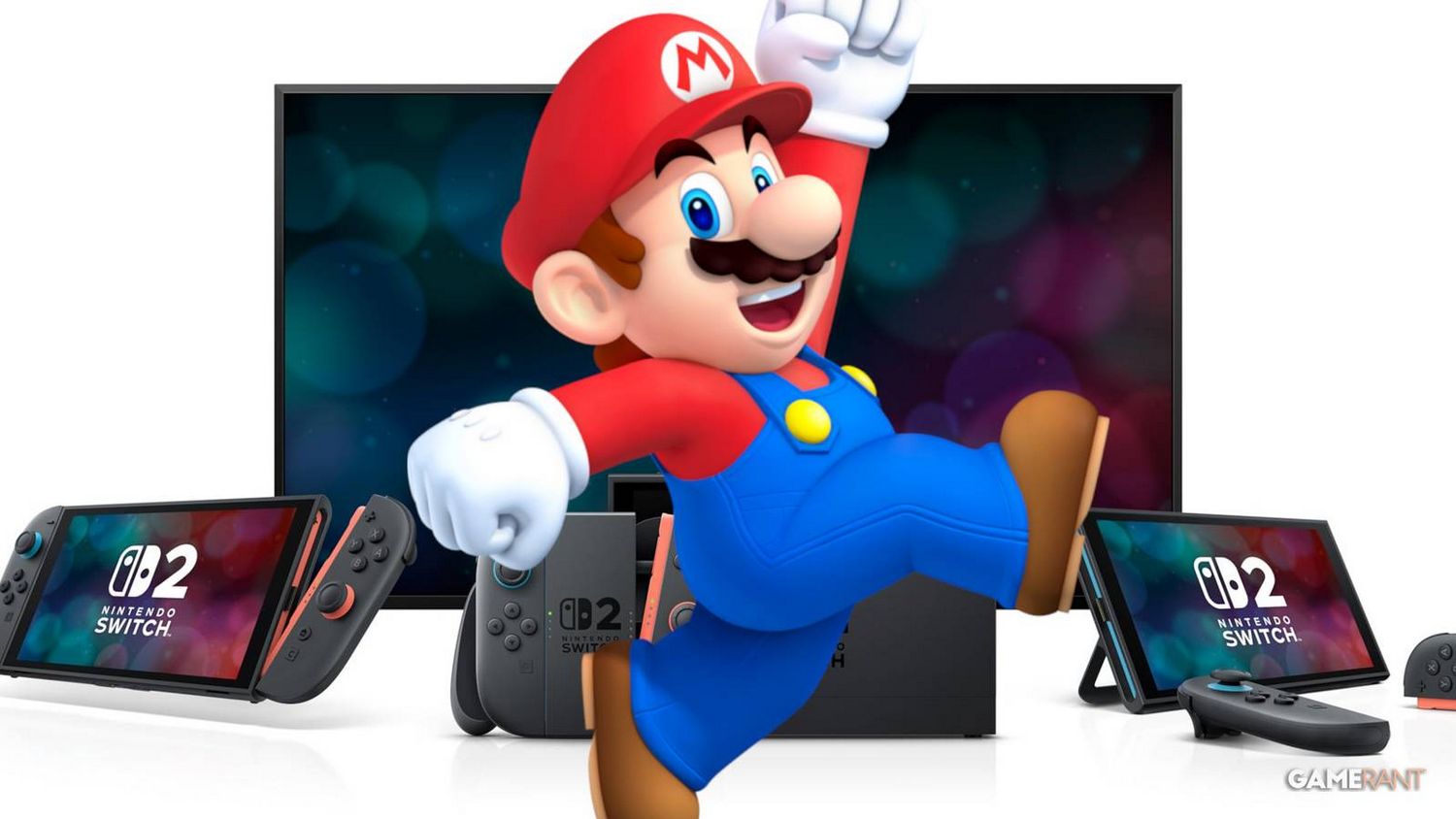 In a powerful statement to the video game industry, the Nintendo Switch 2 has officially achieved an unprecedented sales milestone, solidifying its position as one of the fastest-selling gaming consoles of all time. This remarkable performance not only highlights the enduring appeal of the Nintendo brand but also marks a significant shift in the competitive landscape of the home console and portable gaming markets.
In a powerful statement to the video game industry, the Nintendo Switch 2 has officially achieved an unprecedented sales milestone, solidifying its position as one of the fastest-selling gaming consoles of all time. This remarkable performance not only highlights the enduring appeal of the Nintendo brand but also marks a significant shift in the competitive landscape of the home console and portable gaming markets.
The latest data, compiled from various industry analysts and market reports, reveals that the Nintendo Switch 2 has eclipsed previous records held by its predecessors and rivals, including the PlayStation 4. Since its launch on June 5, 2025, the console has sold over six million units in just 64 days. This astounding velocity of sales is a testament to a combination of strategic planning, a strong consumer base, and a focus on delivering a truly enhanced gaming experience.
The Perfect Storm: Analyzing the Switch 2’s Phenomenal Success
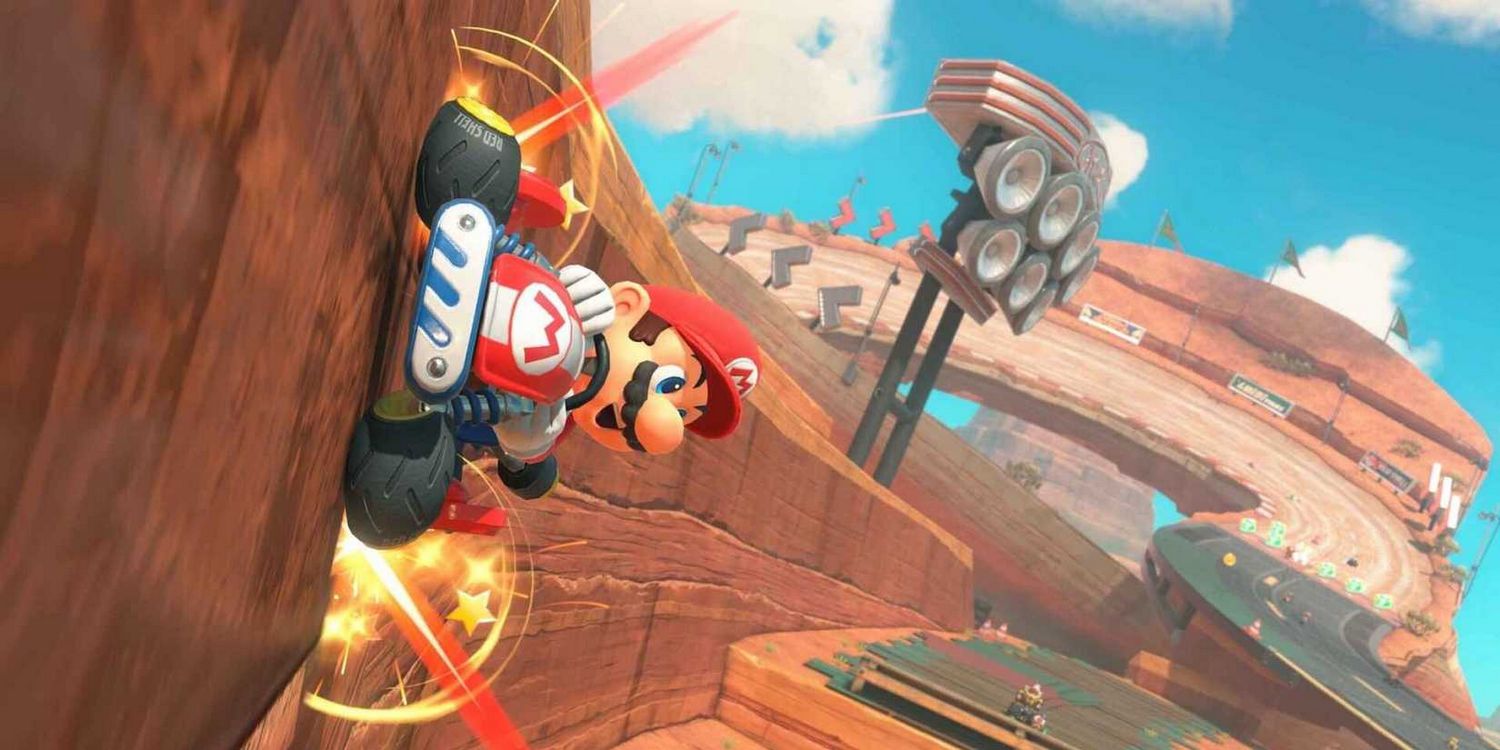 The success of the Nintendo Switch 2 is not a matter of luck; it is a meticulously orchestrated event that has capitalized on several key factors. Nintendo’s strategy has always been to differentiate itself from the high-powered, performance-oriented competition of Sony and Microsoft by focusing on unique gameplay experiences and accessibility. The Switch 2 is the latest and most potent example of this philosophy.
The success of the Nintendo Switch 2 is not a matter of luck; it is a meticulously orchestrated event that has capitalized on several key factors. Nintendo’s strategy has always been to differentiate itself from the high-powered, performance-oriented competition of Sony and Microsoft by focusing on unique gameplay experiences and accessibility. The Switch 2 is the latest and most potent example of this philosophy.
- Upgraded Hardware and Seamless Transition: The Switch 2 boasts significant hardware upgrades, including a larger, crisper display and the ability to output in 4K when docked. These enhancements address some of the most common critiques of the original Switch, providing a more visually impressive and robust gaming platform. Crucially, the console maintains seamless backward compatibility with previous titles, allowing the massive library of the original Switch to be enjoyed on the new hardware. This strategic move provides an immediate and expansive collection of games for new adopters, creating immense value from day one.
- Strong Launch Title and Software Ecosystem: While the initial launch lineup of exclusive new games was criticized by some for being limited, the availability of a major title like Mario Kart World bundled with many console units was a masterstroke. This flagship release, combined with enhanced versions of popular third-party games like Cyberpunk 2077 and No Man’s Sky, showcased the new console’s capabilities and immediately captured the interest of both new and existing players. The robust digital eShop and continued support for classic titles also ensure a constant stream of content.
- Strategic Pricing and Market Availability: Unlike the severe stock shortages that plagued the launches of the PlayStation 5 and Xbox Series X, Nintendo appears to have been well-prepared for the immense demand for the Switch 2. Industry analyst Mat Piscatella noted that the launch sales primarily indicate the manufacturer’s confidence in making a high number of units available. This commitment to a stable supply chain has allowed consumers to purchase the console without the frustration of battling scalpers and stock bots, contributing significantly to its rapid sales pace.
- Leveraging Brand Loyalty and Nostalgia: Nintendo has cultivated a deeply loyal fan base for decades. The Switch 2 effectively taps into this loyalty by continuing beloved franchises like The Legend of Zelda and Donkey Kong. The “Blue Ocean Strategy,” a core tenet of Nintendo’s business model, focuses on creating new markets free from direct competition. The Switch 2’s hybrid nature—part home console, part handheld—reaffirms this strategy, appealing to a wide demographic that includes both core gamers and casual players.
 The Financial Impact and Future Outlook for the Gaming Market
The Financial Impact and Future Outlook for the Gaming Market
The economic impact of the Switch 2’s launch is already being felt across the gaming industry. According to Circana’s market findings for July 2025, the Switch 2 was the best-selling console in the U.S. in both unit and dollar sales, surpassing the PlayStation 5. This surge in hardware spending, a 21% increase compared to the previous year, highlights the strong consumer appetite for new gaming hardware. Furthermore, the Nintendo Switch 2 Pro Controller has become the best-selling accessory of the year, signaling that consumers are willing to invest in a complete, premium gaming experience.
This success is a positive sign for the broader handheld gaming market, which has seen a resurgence in recent years with the rise of devices like the Steam Deck and ROG Ally. The Switch 2’s performance underscores that a dedicated, high-quality handheld device can thrive alongside smartphones and tablets. Analysts project that the global handheld console market will continue its robust growth, with a potential value exceeding $10 billion by 2033, driven by technological advancements and the demand for portable, high-fidelity gaming.
However, the journey for the Switch 2 is not without its challenges. While the launch has been a resounding success, long-term success will hinge on a continuous flow of new and engaging software. Nintendo’s ability to maintain momentum will depend on its pipeline of first-party exclusives and its partnerships with third-party developers. The question of whether demand can sustain at its current price point also remains a key consideration for the coming months, particularly in the competitive holiday season. As the gaming world watches with bated breath, the Nintendo Switch 2’s historic sales figures are more than just numbers; they are a clear indication of the console’s potential to shape the future of interactive entertainment.

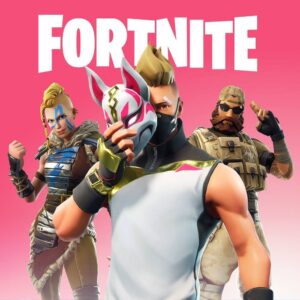
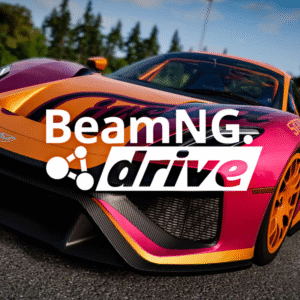

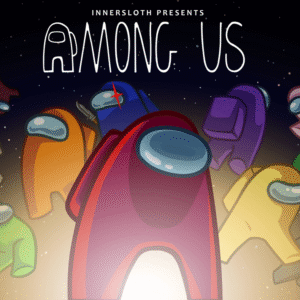

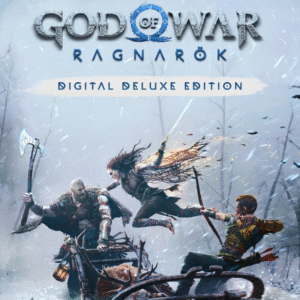




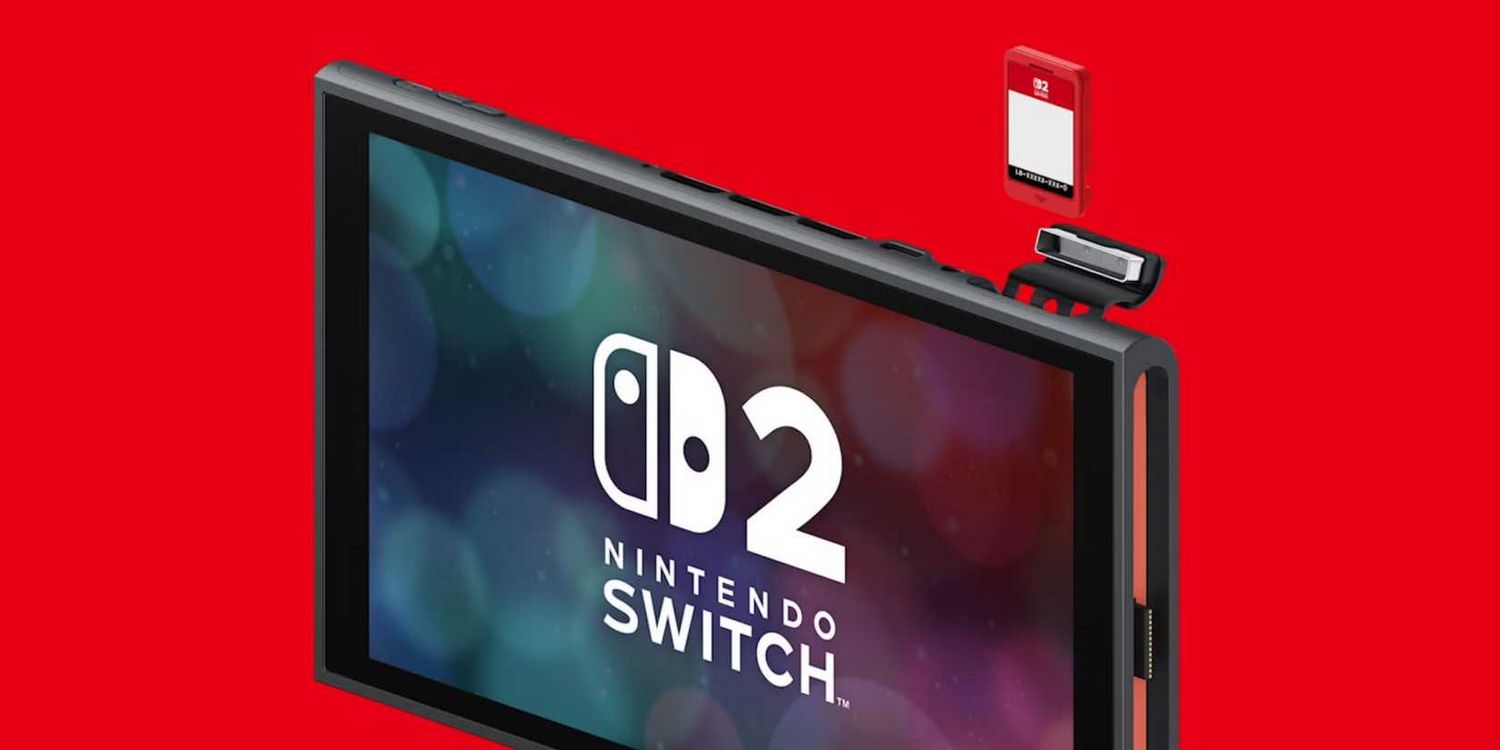 The Financial Impact and Future Outlook for the Gaming Market
The Financial Impact and Future Outlook for the Gaming Market